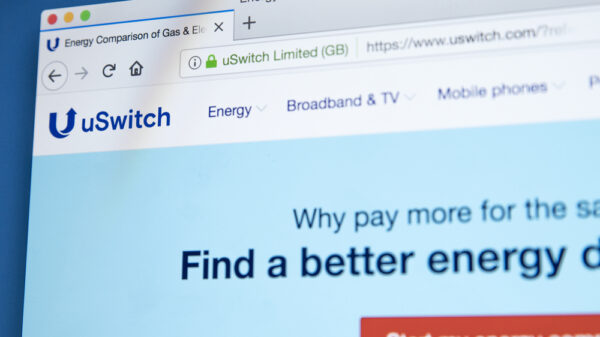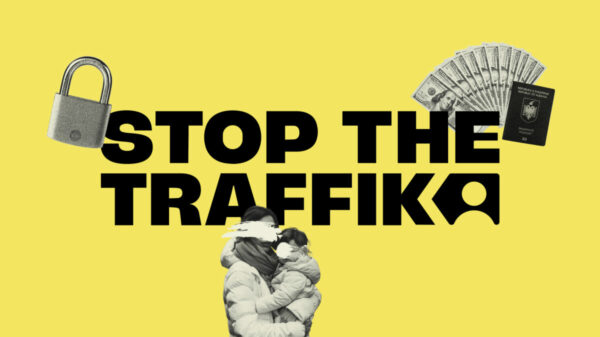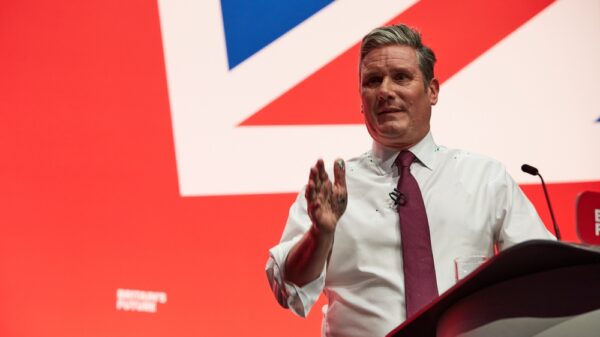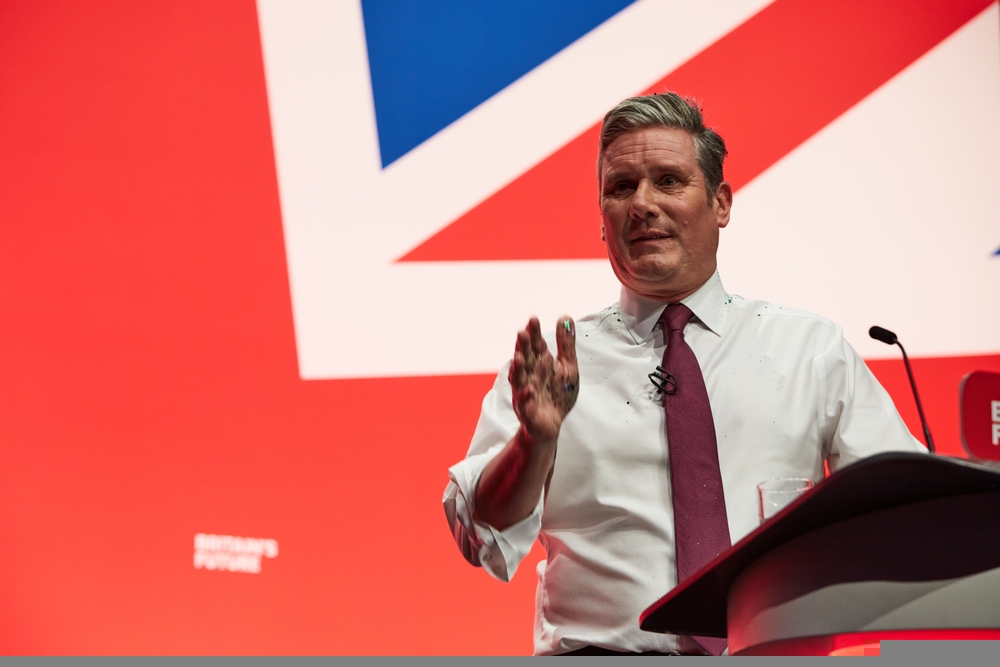Elon Musk, in his usual style, has unleashed a typhoon of change on Twitter. What’s a social media manager looking to navigate these unusually choppy waters to do?
Ogilvy UK’s head of social and content, Fiona Uwagwu, takes us through the changes and outlines how brands should approach the unpredictable – and controversial – Twitter landscape.
In the long-term, if the best indicator of the future is the past, Musk will probably mend Twitter’s broken wings.
SpaceX, for example, was a mess – until it wasn’t. The company, which launched in 2001, began in fits and starts, with plenty of uncertainty and upheaval. Now it is poised to serve the European Space Agency as well as NASA.
Twitter is in chaos at present and the dust has not settled. Right now it is difficult to predict what the platform will look like as we don’t know what tomorrow holds on Twitter – much less its shape in 2023.
What we should do is review recent events to help navigate what may lie ahead.
Don’t be afraid to take a break
Things are changing fast. There is uncertainty of the future of the platform; changes in moderation and divided opinion where the platform is heading.
With this in mind, consider taking a step back to evaluate your platform strategy.
You may wish to pause paid and organic non-essential communications. This will give you time to align and agree on next steps with agency and client stakeholders. Strategic alignment is more important than output at this stage. This doesn’t have to be a long hiatus. Rather, it is time to allow you to evaluate platform risk, reward, and investment.
A caveat: a pause shouldn’t impact customer service or time sensitive announcements. Despite turbulence, Twitter remains a platform for customer interaction and vital business information. You run the risk of jeopardizing brand reputation if you don’t keep up consistent and transparent communication with your audience who have questions or are experiencing issues.
Be prepared for ‘dumb things’
In a call initially meant to reassure advertisers, Musk said “Twitter will do lots of dumb things in coming months. We will keep what works & change what doesn’t.” So far those “dumb things” aren’t just minor tweaks to the platform. The $8 verification blue-tick wiped out stocks, with some particularly worried about removing security features.
Meanwhile, Twitter’s stock is higher than ever before this year.
Subscribe to Marketing Beat for free
Sign up here to get the latest marketing news in your inbox each morning
Three Twitter changes for brands to navigate
Twitter change 1: Twitter Blue, verification and impersonation
Blue promised numerous features that claimed to help profile validity, alongside other perks such as prioritizing tweets in notifications and longer video uploads. Within a week of launch it was paused due to misuse and flurry of impersonator accounts from those willing to wreak havoc for the $8 monthly fee. When it comes back on 29 November 29, we recommend you monitor how it is received if you are considering a subscription.
Twitter change 2: Content moderation
YouTube suffered from an ad boycott from industry giants like P&G after it was revealed that its ads were leading-in controversial, extremist content. After years of controversy, the platform responded to calls for better brand safety by expanding and modifying its content moderation.
The biggest concern is Twitter’s moderation issues in the past and it appears to be moving in the wrong dirction. Particularly with staff layoffs. In popular discourse, Musk’s opinions on free speech seems to play a role dismantling the content moderation and verification teams, with those departments now being outsourced.
Brands need to consider the risk posed by inconsistent moderation, as well as recent events that have reinstated users who had been banned (Donald Trump, Kanye West to name a few). For example, community management moderation may need to be stepped up.
The EU is already looking closely at the platform due to these changes and there may be more government intervention in the coming months.
Twitter change 3: Employee turnover and internal turmoil
After letting thousands of employees of go on his first day, the new CEO seems intent on antagonizing his remaining workforce, mandating full return to the office, and giving an ultimatum to “work hardcore hours or leave.”
Employee turnover will exacerbate existing issues while causing new, unpredictable ones.
The biggest brand risk this poses is a disruption to communication, campaigns, and normal service, meaning if issues arise, it may be harder to get it sorted through Twitter. Moreover, the lack of staff means your campaign won’t be looked after as well.
Assess your risk and increase monitoring
Twitter Blue’s failed Verification rollout revealed new risks to brands, particularly around impersonation. Eli Lilly (insulin prices), Coke (plastic waste), Lockheed Martin (arms dealing) were some notable brands impersonated on the platform.
Any brand is at risk for impersonation. All it takes is a disgruntled customer or employee and a few minutes to set up a fake account to damage your brand. As of writing, this new verification feature has been removed, but it will return on 29 November 29 with some measures in place to reduce the likelihood of abuse – for example, new accounts won’t be able to subscribe until they have been active for 90 days.
We’d recommend an escalation process be put in place, with regular monitoring to make sure your brand has not been subject to impersonation. The same goes for any high-profile executive visibility work on the platform.
Explore alternative comms channels
If you have decided to pull Twitter Ad investment in favor of another social platform, remember it won’t always be a one-to-one switch with creative and projected results. Speak to your media teams regarding the cost implication and revaluate creative to make sure it’s in-line with how the audience use other platforms.
It’s impossible to know where Twitter users will go, but this presents an opportunity to branch out into other platforms, such as Pinterest, Reddit, or Discord.
Some Twitter users are switching to Mastadon, which is touted as the Twitter replacement, but overall uptake remains low.
Don’t feed the trolls
Avoid sharing reactive content or perspectives related to the state of Twitter or Elon Musk. Twitter attracts the best and worst of the internet, and right now the topic is front and center. Meaning you could be subject to trolls and hate speech. Or unjustifiably taking advantage of the situation when you have no authority on the topic.
Right now, the best advice is to wait and watch what happens – and explore new elements of social media to widen your arsenal.









